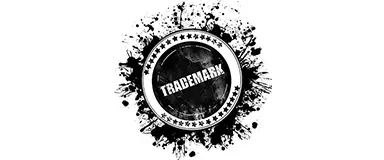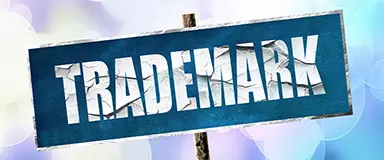Complete step-by-step guide to registering a trademark with the USPTO in 2025. Learn filing requirements, costs ($350 base fee), timelines (12-18 months), and maintenance requirements.
Trademark Squatting: What It Is and How to Defend Against It Internationally
Written by Emily Brooks ·

Expanding into international markets is an exciting step for any business, but it’s also where many companies encounter an unexpected obstacle. Trying to launch a product in a new country only to find that someone else already owns the trademark is a problem that can feel both unfair and impossible to resolve. This situation is known as trademark squatting, and it’s more common than many businesses realize.
If you’re not familiar with the term, trademark squatting happens when someone, often with no real connection to your business, registers your brand name in a country before you do. Their goal is rarely to build a legitimate company. More often, they’re waiting for you to enter the market so they can demand money, block your expansion, or profit off your reputation by selling counterfeit goods.
How Trademark Squatting Happens
In many countries, trademark rights go to whoever files first and not necessarily to the original creator or user of the brand. This “first-to-file” rule means that someone could legally register your name simply because you didn’t get there first.
Let’s say your business is based in the UK. You’ve been building your brand for years, and now you’re ready to launch in China. When you go to file your trademark there you discover it’s already registered by a company you never knew existed. They aren’t using it for anything meaningful, but they’ve beaten you to it on paper. Now, if you want to operate under your own name in that country, you’ll have to negotiate, take legal action, or rebrand entirely.
It’s not just theoretical. Major global companies, including Tesla, Apple, and New Balance, have faced trademark squatting disputes in foreign jurisdictions. For smaller companies, the consequences can be even more disruptive.
Where It’s Most Likely to Occur
Trademark squatting tends to be most common in markets that follow strict first-to-file systems. Countries like China, Vietnam, Indonesia, and Russia are often cited in squatting cases. That said, it’s not limited to any one region. As global e-commerce and digital marketing increase brand exposure, businesses are becoming vulnerable in countries they haven’t even targeted yet.
This is why international trademark protection is no longer just about the markets you’re in today; it’s about the ones you might enter tomorrow. If your products are visible online, they’re also visible to potential squatters.
The Business Impact
Discovering that your brand name is already taken abroad can delay your expansion plans by months or even years. It can force you into costly buy-back negotiations, expensive litigation, or rebranding exercises that confuse your customer base. Worse still, if a squatter uses your name to sell fake or poor-quality products, then it could damage your brand’s reputation before you’ve even established a presence.
Beyond the direct costs, there’s a psychological toll. Realizing that someone is profiting from your hard work or holding it hostage can feel like personal betrayal. But with the right steps, you can prevent it.
How to Protect Your Brand Proactively
The best defense against trademark squatting is prevention. If you plan to expand into a particular country or even think it might be on your radar in the future, it’s worth filing a trademark there early. This includes countries where you:
- Sell or plan to sell your products.
- Manufacture goods.
- Run marketing campaigns.
- Receive significant online traffic.
Filing early is especially important in first-to-file jurisdictions where prior use may not offer any protection. Even if you’re years away from launching in that market, securing the trademark now can prevent serious legal trouble later on.
For broader coverage, consider filing through the Madrid System, which allows you to register your trademark in multiple countries through a single application. It won’t protect you everywhere but it’s an efficient first step.
Monitoring foreign trademark filings can also be helpful. If someone registers a mark that closely resembles yours, early detection gives you more time and options to challenge or oppose it.
What to Do if You’re Already Affected
If you’ve discovered that your trademark has been squatted in a foreign jurisdiction, don’t panic, but do act quickly. In some cases, it may be possible to cancel the registration by proving bad faith, particularly if the squatter has no intention of using the trademark in legitimate commerce.
Alternatively, some businesses choose to negotiate a purchase. While this isn’t ideal, it can be faster and less expensive than going to court, especially in countries where legal outcomes are uncertain.
Working with legal professionals who understand local trademark law is essential here. What’s possible in one country may not apply in another, so having regional expertise on your side is key.
Looking Ahead
Trademark squatting is frustrating, but it’s not inevitable. By taking proactive steps – registering early, prioritizing key markets, and monitoring trademark activity – you can shield your brand from bad-faith actors.
In an increasingly globalized economy, your brand equity is one of your most valuable assets. Protecting it isn’t just about compliance but about growth, credibility, and peace of mind.
Explore how Protect.TM helps businesses >secure their trademarks internationally.


